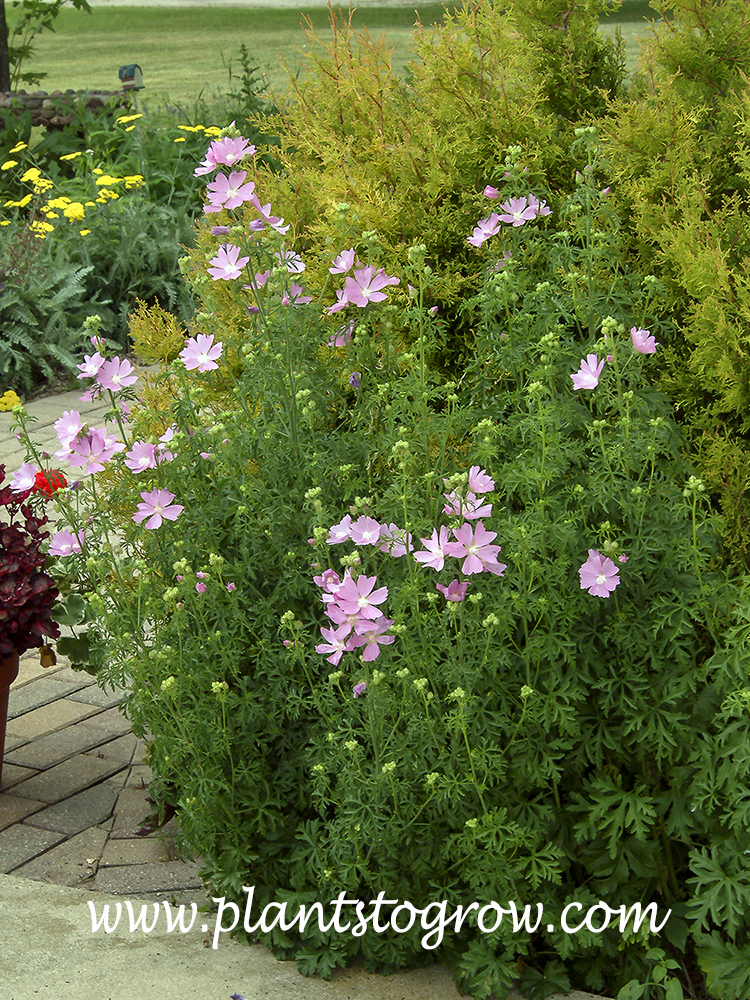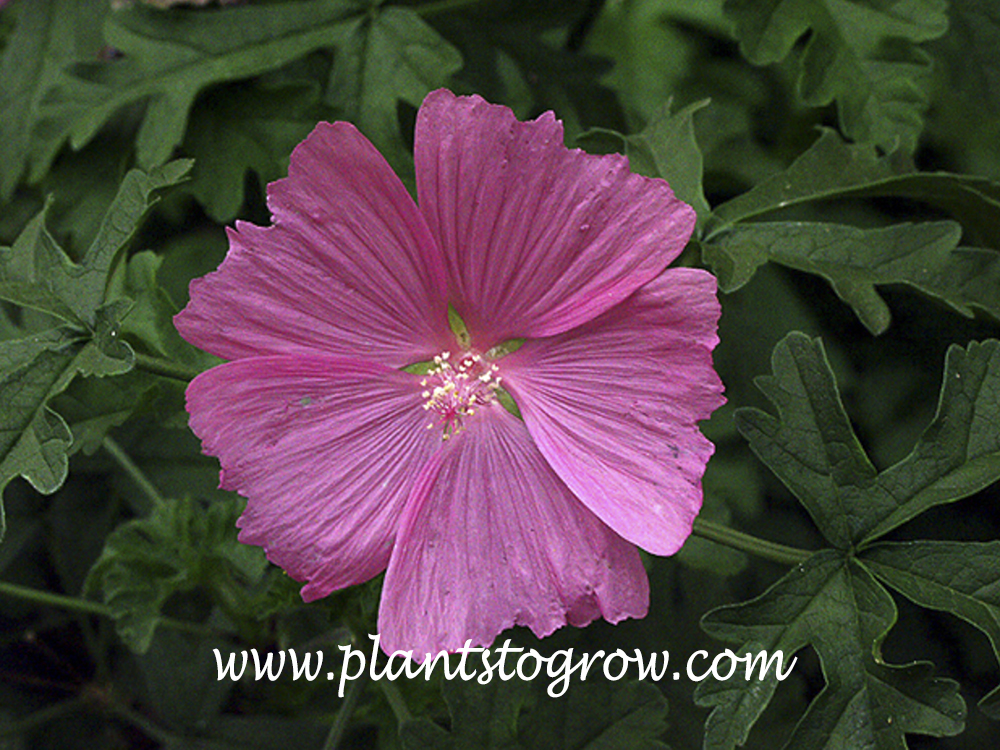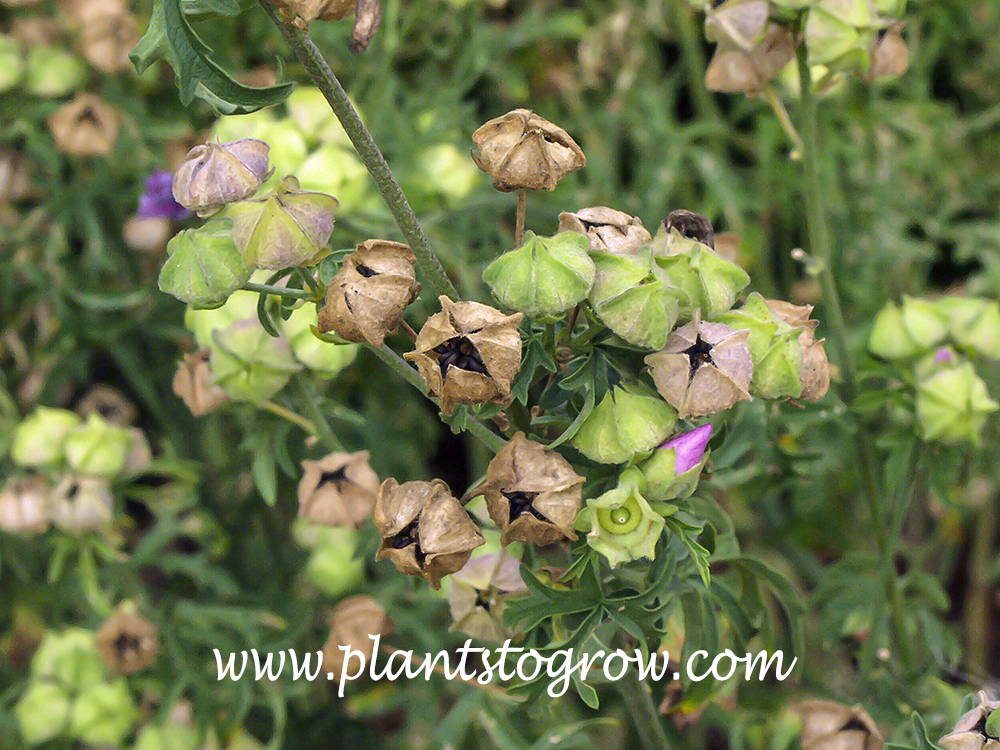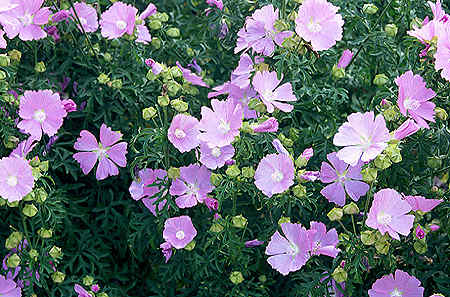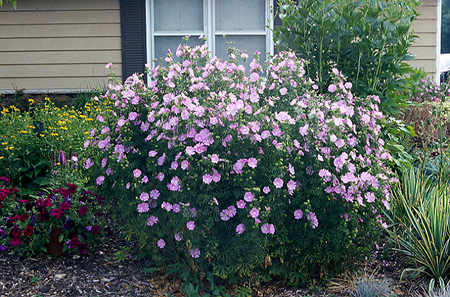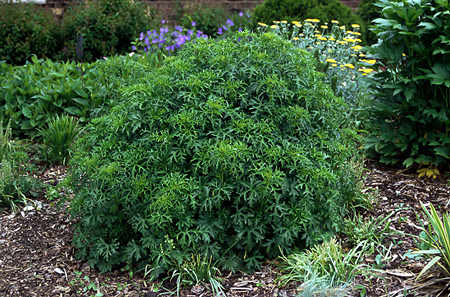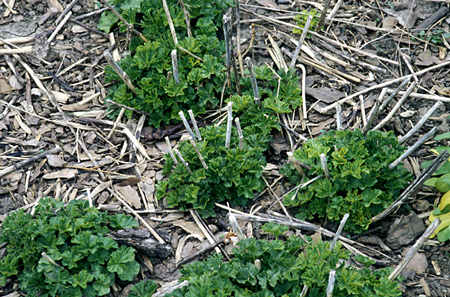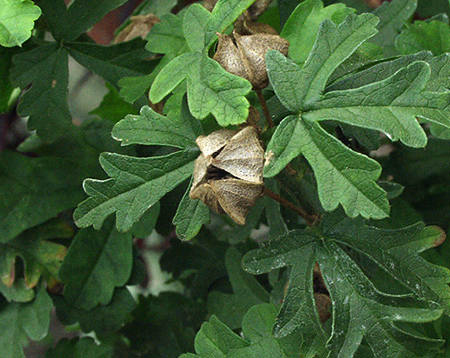| Description | Hollyhock Mallow. (Malva alcea) A beautiful hardy long flowering plant, but behind all of this beauty it is to some degree a thug. It can be an aggressive self-seeder. |
|---|---|
| Plant Type | Perennials Hardy |
| Hardiness Zone | 4-8 |
| Sunlight | prefers full, tolerates semi-shade |
| Moisture | average |
| Soil & Site | average |
| Flowers | 2", 5 notched petals, rose pink (plants in half day of sun will have a deeper color than plants grown in the hot blazing sun) has a staminate column in the center of the flower, flowers are bore in leaf axils at the top of the plant |
| Fruit | black hard seeds |
| Leaves | One of the best things about this plant is its foliage. It becomes a nice green shrub like plant early in the garden. After it is cut back in August it will regrow again into a nice green plant and last through many light frosts. |
| Dimensions | A volunteer seedling in my front yard is almost 5 feet tall by close a 3 foot spread. |
| Maintenance | The plant produces stiff stems that need to be removed in the fall. The main maintenance is rouging the new seedlings that will spread throughout the garden. These seedlings very quickly root into the ground and are hard to remove. One way I have slowed down this self-seeding is to cut the plants back, removing the seed pods. This is around early August. So instead of getting a million volunteer plants you will only get a few hundred. Don't throw the seed pods into your compost pile! |
| Propagation | seeds, division, gathering seedlings out of the garden |
| Native Site | The species is from Italy and put in to cultivation in 1797. |
| Cultivar Origin | Malva alcea "Fastigiata" originated in 1820. |
| Author's Notes | This plant must be classified as a thug because of its aggressive seeding habit. I tend to live with this and yank out the well rooted in seedlings. It pops in many places that I just let it grow their. Lots of free plants. I must reiterate not to throw the seed heads into the compost heap. (Update 2014) Have not had this plant in my garden for over 10 years but still occasionally a seedling will pop up. |
| Notes & Reference | #04-Herbaceous Perennial Plants (Allan Armitage), #30-Gardening with Perennials Month by Month (Joseph Hudak), #35-Perennial Garden Plants (Graham Stuart Thomas) |

Cart
